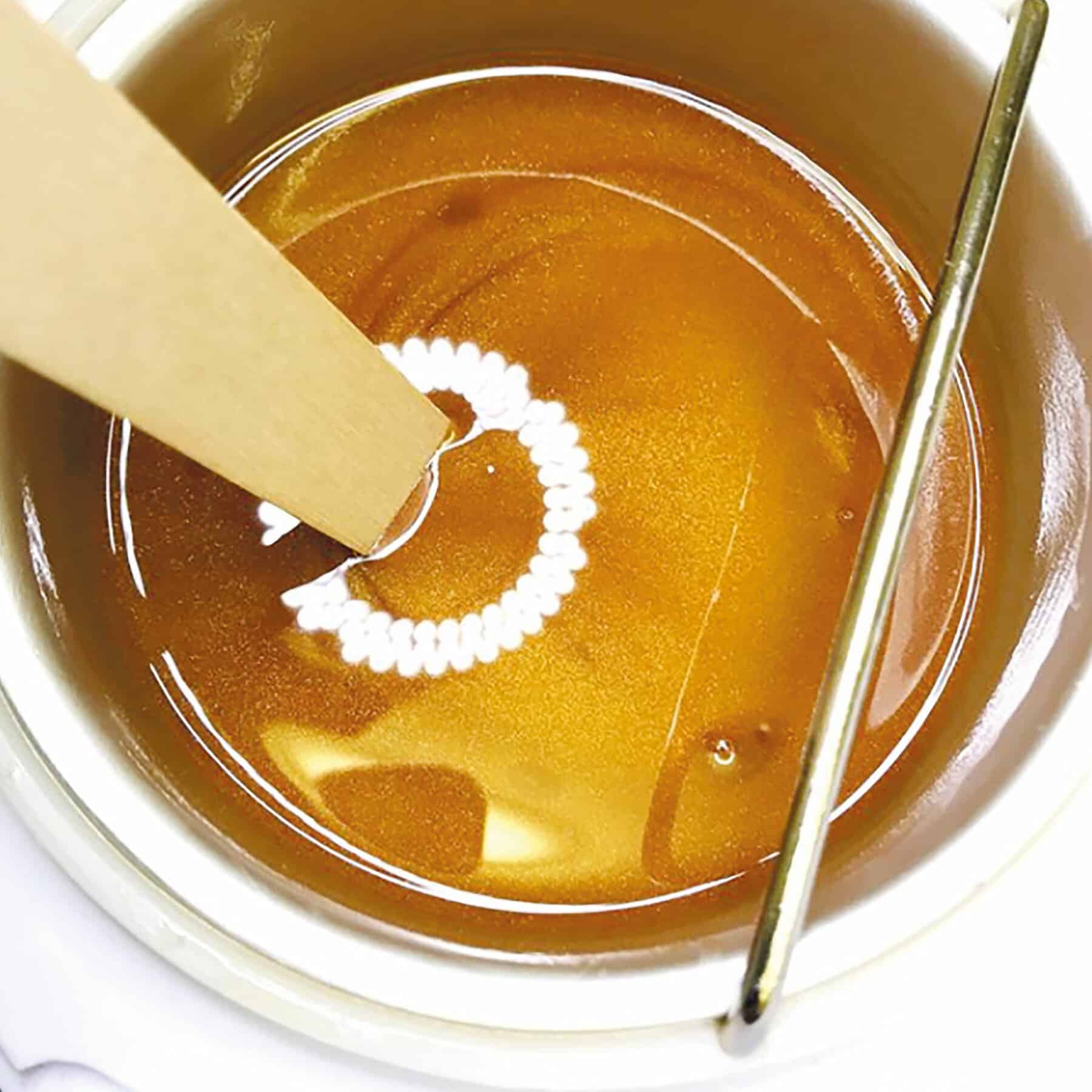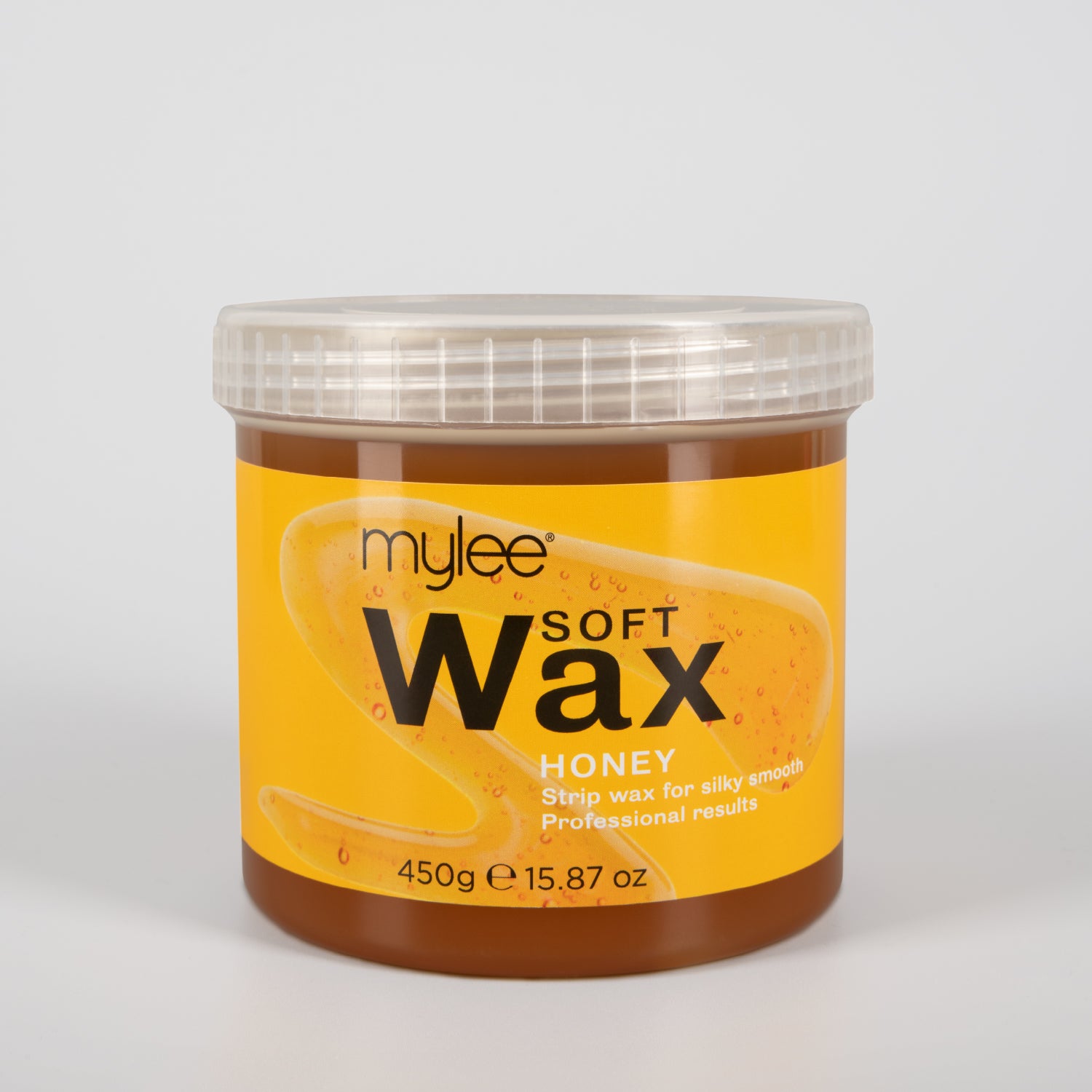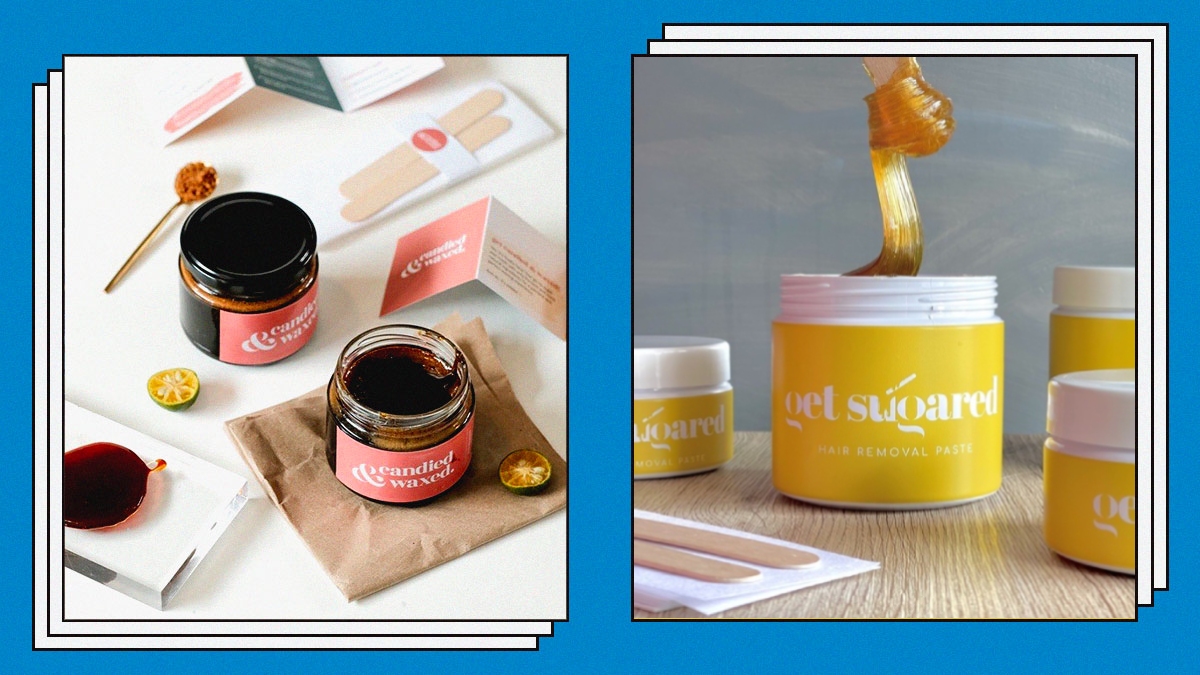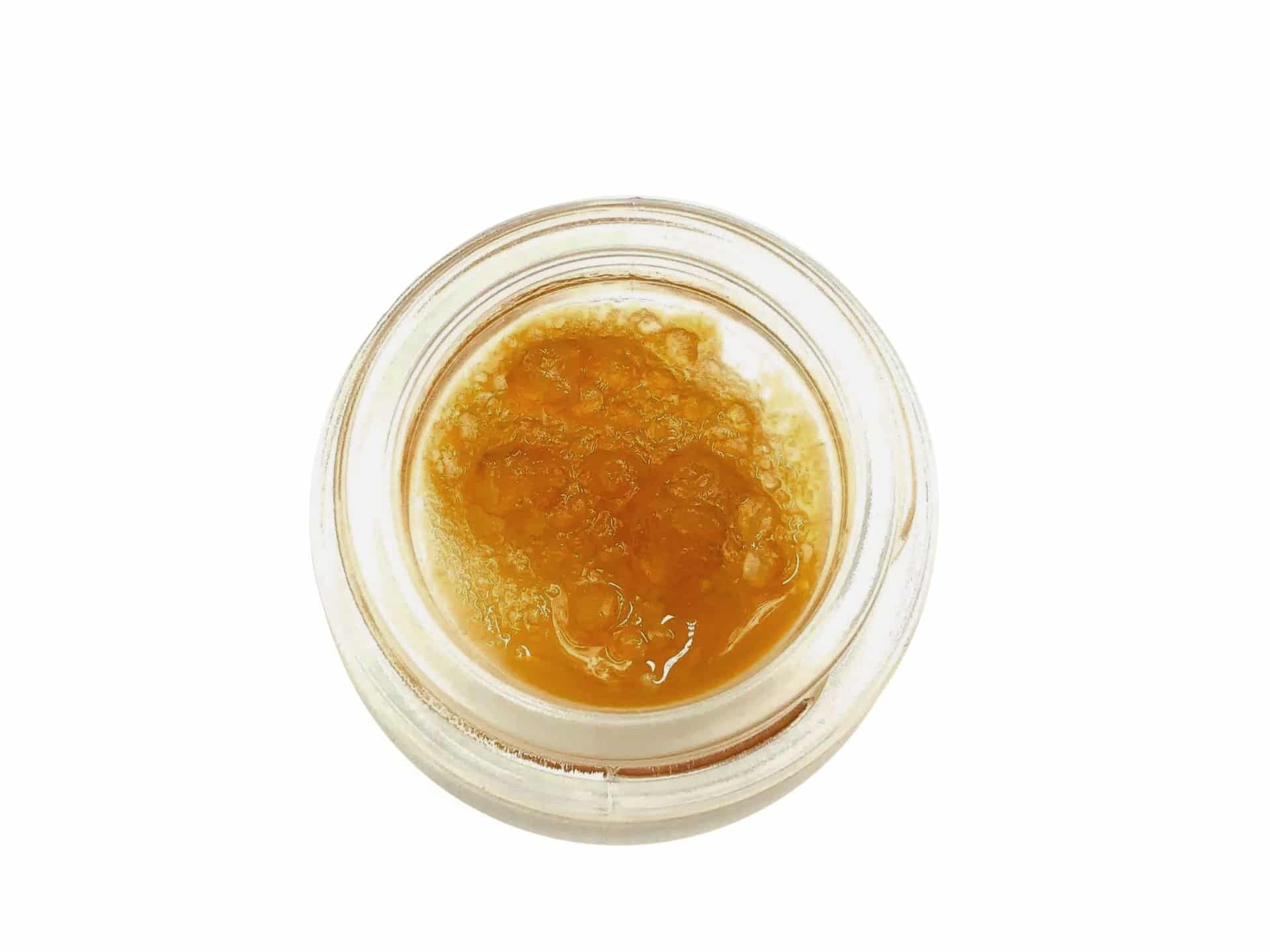Waxing has been used for centuries as a method of preserving and protecting various surfaces, from wooden furniture to cars and even skis. But how long does wax last, and what are the best ways to preserve its effectiveness? In this comprehensive guide, we delve into the world of waxing, exploring its longevity and offering practical tips for maximizing its preservation.

Understanding the Lifespan of Wax
Before delving into preservation techniques, it’s essential to understand the natural lifespan of wax. The longevity of wax varies depending on several factors, including the type of wax used, the surface it’s applied to, and environmental conditions. Generally, natural waxes such as beeswax or carnauba wax tend to last longer than synthetic alternatives.
Factors Influencing Wax Longevity
Several factors can influence the lifespan of wax coatings. Exposure to sunlight, moisture, temperature fluctuations, and wear and tear all play a role in determining how long wax will remain effective. For example, a carnauba wax coating on a vehicle parked indoors and shielded from the elements may last longer than one exposed to harsh sunlight and frequent rain.

Types of Wax and Their Durability
Different types of wax offer varying levels of durability and longevity. Beeswax, renowned for its natural properties and rich luster, tends to provide long-lasting protection, especially on indoor surfaces. Carnauba wax, derived from the leaves of the Brazilian palm tree, offers excellent durability and is commonly used in automotive waxes and polishes.
Effective Preservation Tips for Wax
Preserving wax and extending its lifespan requires proactive maintenance and care. Here are some effective preservation tips to help you get the most out of your wax coatings:
1. Clean and Prepare the Surface
Before applying wax, ensure that the surface is clean and free of dirt, dust, and debris. Use a gentle cleaner or solvent to remove any contaminants that may interfere with the adhesion of the wax.
2. Apply Wax in Thin, Even Coats
When applying wax, less is often more. Use a clean, soft cloth or applicator to apply thin, even coats of wax to the surface. Avoid applying thick layers, as they can lead to uneven coverage and longer drying times.
3. Allow Sufficient Drying Time
After applying wax, allow sufficient drying time before buffing or polishing the surface. Follow the manufacturer’s recommendations for drying times, taking into account environmental factors such as temperature and humidity.
4. Buff to a High Shine
Once the wax has dried, use a clean, dry cloth or buffing pad to buff the surface to a high shine. This not only enhances the appearance of the wax but also helps to seal and protect the underlying surface.
5. Avoid Harsh Cleaning Products
When cleaning waxed surfaces, avoid using harsh chemical cleaners or abrasives, as they can strip away the wax and damage the underlying material. Instead, opt for gentle cleaners specifically formulated for waxed surfaces.
6. Regular Maintenance
Regular maintenance is key to preserving wax coatings. Routinely dust and wipe down waxed surfaces to remove dirt and prevent buildup. For automotive applications, consider applying a spray wax or quick detailer between regular waxing sessions to maintain protection and shine.
7. Store in a Cool, Dry Place
Store wax products in a cool, dry place away from direct sunlight and extreme temperatures. Exposure to heat can cause wax to melt or degrade, reducing its effectiveness and longevity.
8. Reapply Wax as Needed
Over time, wax coatings will naturally wear away due to exposure and use. Monitor the condition of waxed surfaces and reapply wax as needed to maintain protection and shine. Generally, it’s recommended to reapply wax every few months for optimal results.
Wood Furniture:
- Avoid Direct Sunlight: Place waxed wood furniture away from direct sunlight to prevent fading and degradation of the wax.
- Use Furniture Polish: Periodically apply a gentle furniture polish specifically designed for waxed surfaces to replenish moisture and enhance shine.
- Use Coasters and Placemats: Place coasters and placemats under glasses, cups, and hot dishes to prevent water rings and heat damage to waxed tabletops.
Automotive Surfaces:
- Regular Washing: Wash your car regularly to remove dirt, grime, and contaminants that can degrade wax coatings over time.
- Avoid Automatic Car Washes: Opt for hand washing or touchless car washes to minimize the risk of abrasive brushes and harsh chemicals stripping away wax.
- Dry Thoroughly: After washing, dry your car thoroughly with a clean microfiber towel to prevent water spots and mineral deposits from forming on the waxed surface.

Skis and Snowboards:
- Prevent Oxidation: Apply a specialized wax designed for skis and snowboards to prevent oxidation and maintain glide performance.
- Store Properly: Store skis and snowboards in a cool, dry place away from direct sunlight and moisture to prevent wax degradation and delamination.
- Regular Maintenance: Periodically inspect and reapply wax to ski and snowboard bases to ensure optimal performance and protection against friction and abrasion.
Leather Goods:
- Clean and Condition: Clean leather goods regularly with a mild leather cleaner and conditioner to remove dirt and maintain suppleness.
- Apply Leather Wax: Use a specialized leather wax or conditioner to nourish and protect leather surfaces, restoring luster and repelling moisture.
- Avoid Excessive Moisture: Keep leather goods away from excessive moisture and humidity, as prolonged exposure can cause mold growth and degrade wax coatings.
Metal Surfaces:
- Clean Before Waxing: Thoroughly clean metal surfaces with a gentle metal cleaner to remove oxidation, tarnish, and residue before applying wax.
- Choose the Right Wax: Select a wax specifically formulated for metal surfaces, such as chrome or stainless steel, to provide optimal protection and shine.
- Polish Regularly: Polish waxed metal surfaces regularly with a soft cloth to maintain luster and prevent tarnishing or corrosion.
Marble and Stone Countertops:
- Seal and Protect: Apply a high-quality wax or sealant designed for natural stone surfaces to protect against stains, etching, and water damage.
- Avoid Acidic Cleaners: Use pH-neutral cleaners to avoid stripping away wax and damaging the stone surface over time.
- Buff to Shine: Buff waxed marble and stone countertops with a soft cloth or polishing pad to achieve a glossy finish and enhance natural veining and color.
Conclusion: Preserving the Beauty and Integrity of Wax
In conclusion, waxing is a time-honored tradition that offers both practical protection and aesthetic enhancement to a wide range of surfaces. By understanding the factors influencing wax longevity and implementing effective preservation techniques, you can prolong the beauty and integrity of wax coatings, ensuring lasting results and maximum enjoyment for years to come. Whether waxing your car, furniture, or skis, a little care and maintenance go a long way in preserving the timeless allure of wax.









